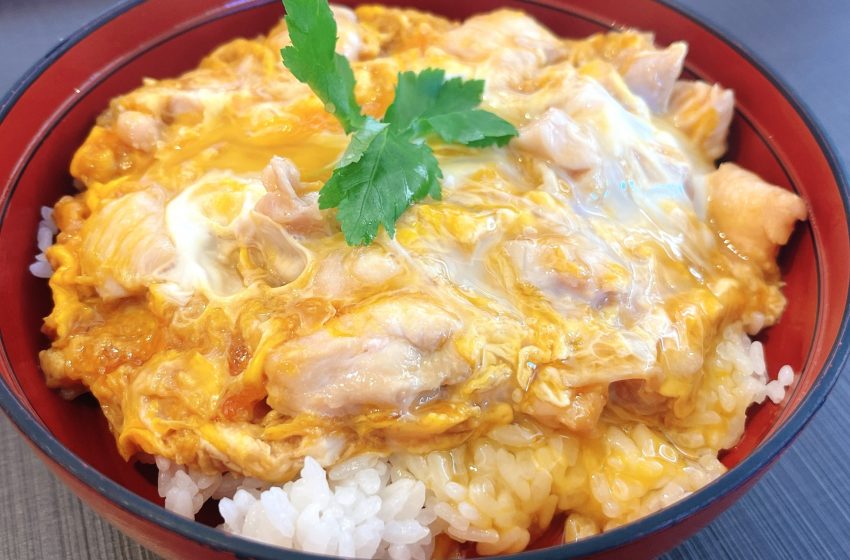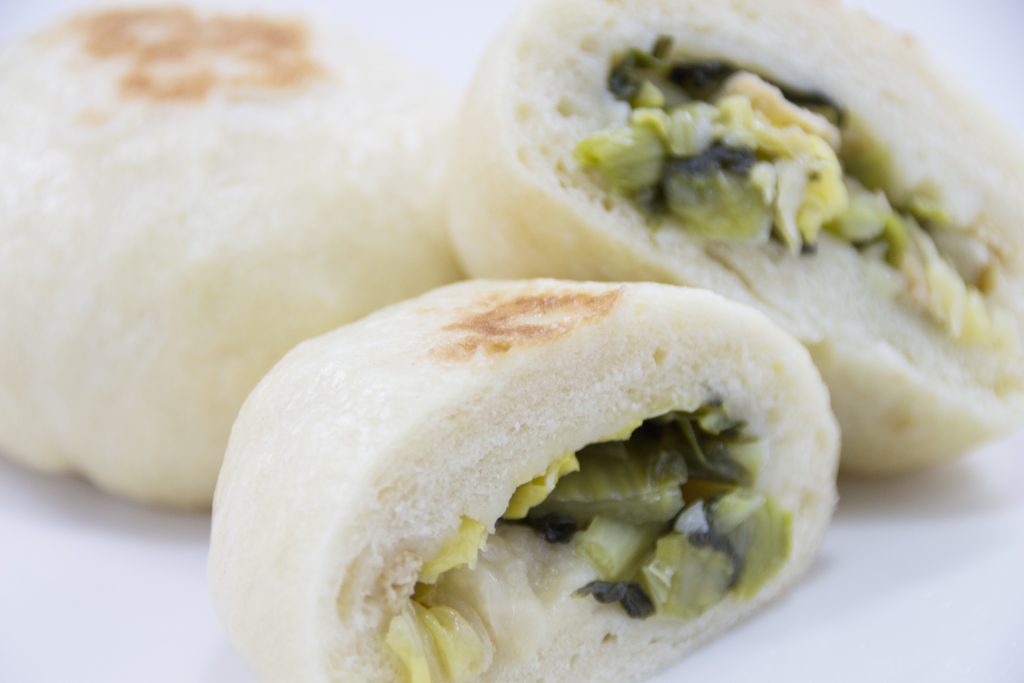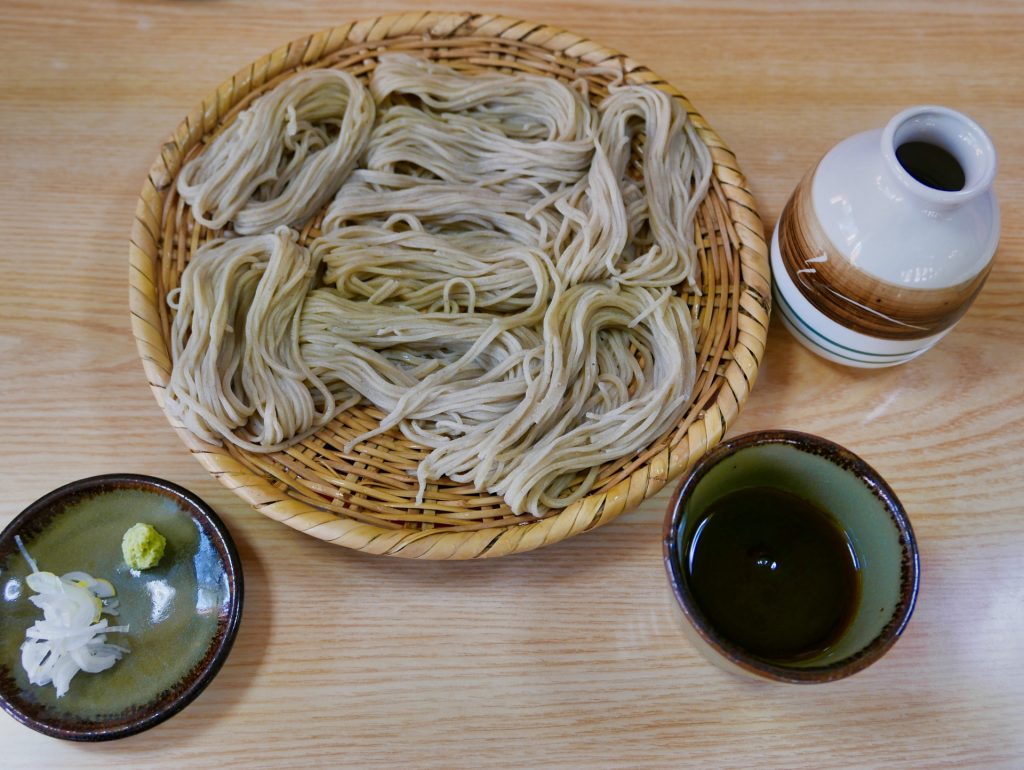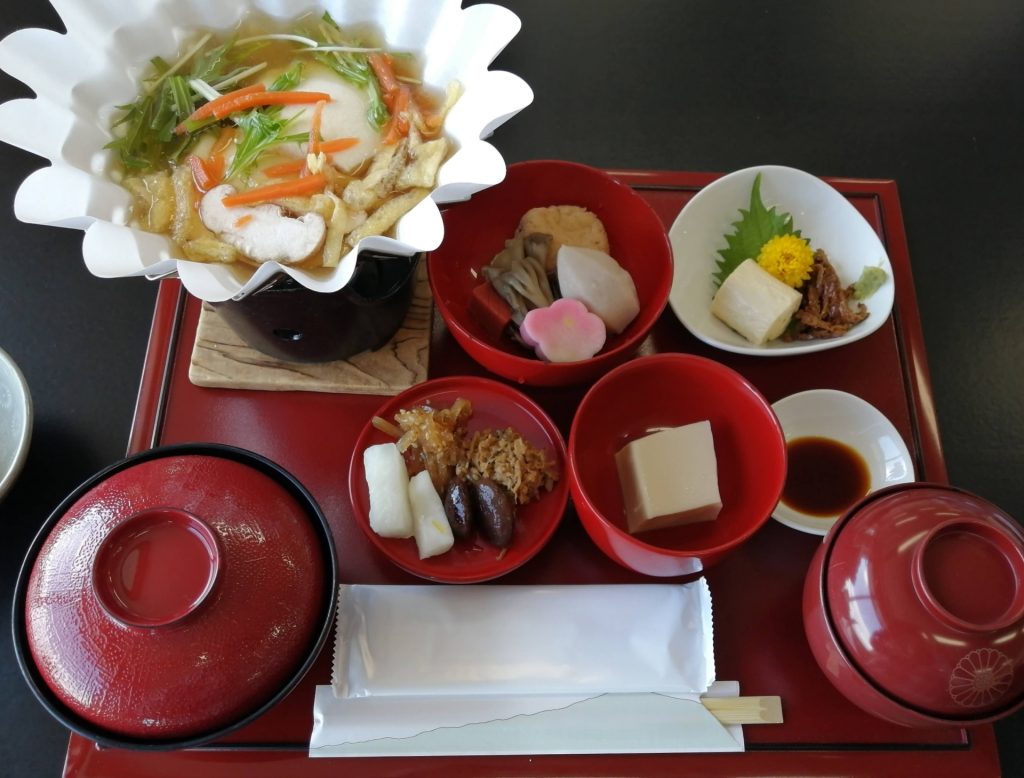
Oyakodon: A Taste of Home in Every Bite
Hello, lovers of Japanese cuisine and culture! Today, we’re delving into the heartwarming world of Oyakodon, a dish whose simplicity belies its depth of flavor and the comfort it brings to those who savor it. Oyakodon, or “parent-and-child bowl,” is a poignant reminder of the familial bonds that food can symbolize, served up in a deliciously direct way. Join me as we explore the layers of this beloved Japanese comfort food.
What is Oyakodon?
Oyakodon is a popular Japanese rice bowl dish that ingeniously combines chicken (the “parent”) and eggs (the “child”) with onions, simmered together in a dashi-based broth seasoned with soy sauce and mirin. This mixture is then gently poured over a bowl of steaming rice. The result is a comforting, nourishing meal that’s favored across Japan for its tender flavors and the ease with which it can be prepared.
The Cultural Significance of Oyakodon
Oyakodon goes beyond being merely a dish; it carries with it a sense of warmth and comfort, embodying the essence of Japanese home cooking. Its name, a thoughtful nod to the main ingredients’ familial relationship, adds a layer of cultural depth and humor. It’s a dish often enjoyed at home but also widely available in restaurants and diners throughout Japan, celebrated for its simplicity and the wholesomeness of its flavors.
The Art of Preparing Oyakodon
The beauty of Oyakodon lies in its simplicity and the balance of its ingredients. The chicken is cooked until just tender, the onions are softened, and the eggs are whisked and then added to the broth at the last moment, cooked until they’re just set but still soft and slightly runny. This method ensures that each component retains its individual character while contributing to the overall harmony of the dish.
Variations of Oyakodon
While the classic Oyakodon is beloved for its simplicity, there are several variations to explore:
- Tofu Oyakodon: A vegetarian version that uses tofu as a substitute for chicken.
- Katsu Oyakodon: A heartier version that tops the rice bowl with a breaded and fried chicken cutlet.
- Seafood Oyakodon: For a different twist, some versions replace chicken with seafood, such as salmon, embodying the “parent-and-child” theme with salmon and salmon roe.
Enjoying Oyakodon in Japan
Oyakodon is a staple dish in many Japanese restaurants, especially those specializing in donburi (rice bowl dishes). It’s a must-try for anyone looking to experience the comforting side of Japanese cuisine. Whether you’re sitting in a cozy Tokyo diner or a bustling market in Kyoto, a bowl of Oyakodon promises a taste of Japanese home cooking at its finest.
Making Oyakodon at Home
For those inspired to bring the taste of Japan into their kitchens, Oyakodon is an excellent dish to start with due to its straightforward preparation. The key is in the simmering sauce—a well-balanced mixture of dashi, soy sauce, and mirin forms the heart of this dish. With these ingredients and a gentle hand with the eggs, you can recreate the comfort of Oyakodon in your own home.
Conclusion: The Universal Language of Comfort Food
Oyakodon is a testament to the power of simple ingredients to create a meal that’s both satisfying and soul-soothing. It’s a reminder that comfort food knows no borders, resonating with all who appreciate the beauty of a well-cooked meal. So, the next time you’re in Japan or in the mood for Japanese cooking, remember that a bowl of Oyakodon is like a warm hug, offering comfort, nourishment, and a taste of home.
Dive into the experience of Oyakodon and let this beloved dish warm your heart and soul. Itadakimasu!




